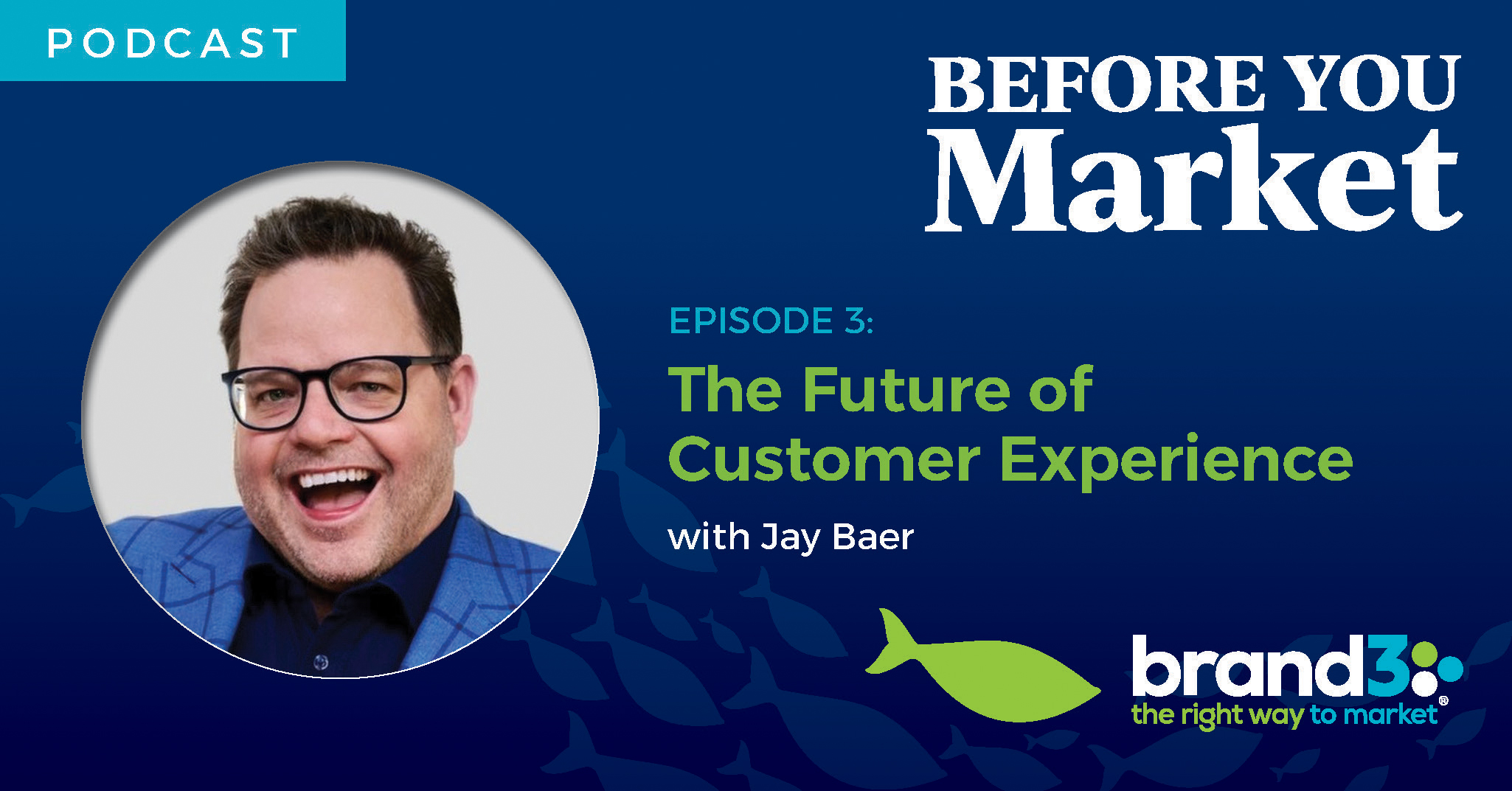
Just what is branding? It’s a question many business owners are asking these days, as the marketplace becomes ever more competitive. And of course we’re not talking about branding cattle. Branding is one of those marketing concepts that can seem confusing at first, but we’ll do our best here to break it down for you.
So, what is the definition of good branding? Brands are best measured and valued by looking at three principle areas: retention, position, and experience. Like the functionality of a three-legged stool, no brand can deliver loyal customers, and grow market share without these three essential parts.
The goal of every brand should be to position itself through a very clear and simple image and message. Great brands have a clear promise that is usually centered on how the brand will make a difference to their customers. Often great brands will serve to inspire and transform the buyer, and have little to do with the actual features and benefits of the product or service. Think about the iconic brands like Apple who inspires us to "Think Different" or Nike who prompts us to "Just Do It." The brand positioning should always be based on a promise that your market desires. Too often we craft our messages around all the wonderful things that we can do, but fail to connect with the real value our customers want.
Ask yourself this: "Does my current brand image and message demonstrate the value that my market desires?"

In order to understand the concept of branding, it helps to understand two basic things – your product and your brand.
Your product is what you sell to consumers who want or need it. This includes goods, services, experiences, property, information, and even ideas.
But two different companies (or likely, many more) may be selling the same exact product or service you are. How do you convince people to buy from you? The answer is, by creating your brand.
The American Marketing Association defines what is branding this way: "A name, term, design, symbol, or any other feature that identifies one seller's good or service as distinct from those of other sellers." A brand often includes a logo, fonts, color schemes, and symbols to represent what the company or product is all about.
But a brand is more than a tangible logo or marketing jingle. A brand is the image or ideas that come to mind when a consumer thinks about your specific products, services and reputation. Your brand includes the feelings that are triggered when someone thinks about your company. Your brand encompasses every impression a customer has of you or your company. That can be affected by your packaging, the quality of your products and services, your advertisements, your social responsibility, your politics (if you let them be known), your website, your customer service, etc. If even one of those contacts a customer had was negative, they may form a negative impression of your brand, and pass the word on to others. But if every impression is positive, or makes the customer feel good, they will rave about what a great product or service you offer, and recommend you to others.
The act of branding, then, is the practice of developing your brand reputation and brand recognition. Brand3 does this by giving meaning to your products or services to help consumers quickly identify your organization, and giving them a reason to choose you over your competitors. We do this by working closely with you to clarify what your brand is, and what it is not.
Your brand is more about who you are, who you want to be, and who people believe you to be.
Branding is a process that involves delving deep into what your company stands for. We’ll ask you some questions that you may find tough to answer. What is your brand promise? Who is your ideal customer? What exactly sets you apart from your competition? Your answers to these questions will help us define your brand.
In addition to asking you questions, we may perform market research or other analysis to help you define who your target market is and how your brand is currently perceived.
Some of the nuts and bolts components involved in branding include:
Branding is only successful if you are consistent in all areas. Sending a consistent message and consistently delivering on your brand promise will help keep existing customers and help you attract new ones. You as CEO and your employees should all be sending the same message with every interaction you have with customers or the public. You should provide a good experience to your customers and potential customers every time. That includes interactions through social media and advertising. And if for some reason a customer has a negative experience, move quickly to rectify the situation and make good on your brand promise.
Successful branding results in establishing your company as the top choice for whatever products or services you provide to your target customer. Whether that’s the most unique, highest quality, most affordable, most trustworthy, most social conscious or something else, successful branding makes you the company people think of when it comes time to choose or recommend a company that does what you do.
Brands are the sum of everything your business does. Brands are multidimensional. They live in the mind of your employees as they drive to work, in the messaging of your website, and the sign on your door. They should be consistent, but always adapting to changing markets, technology and media.
Your brand is your friend—and it should be a friend to your customers too. Does your brand measure up?


